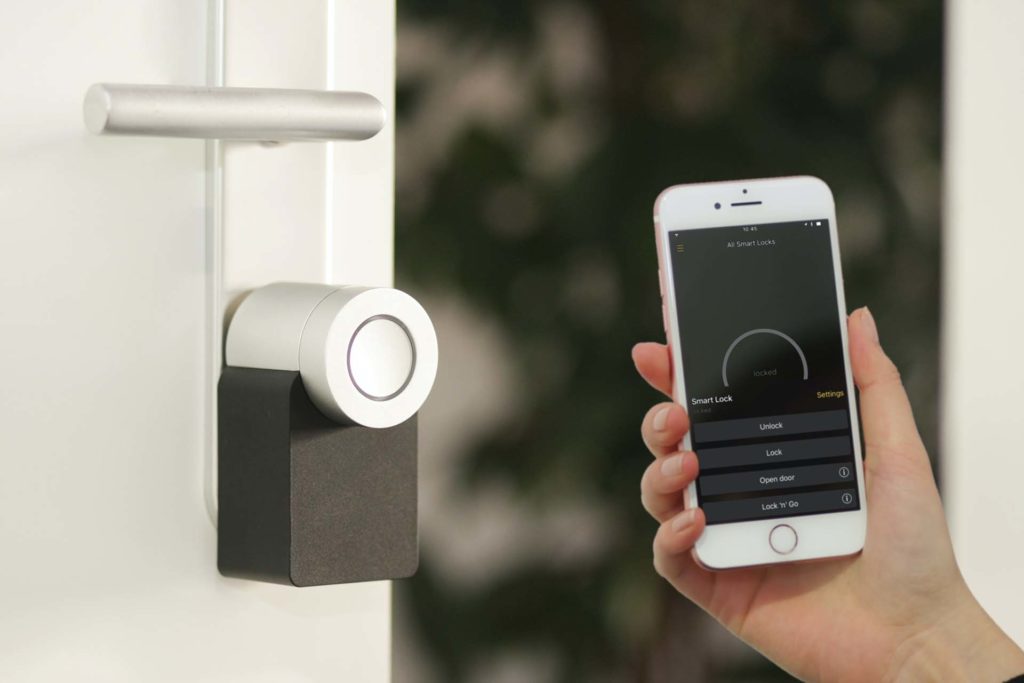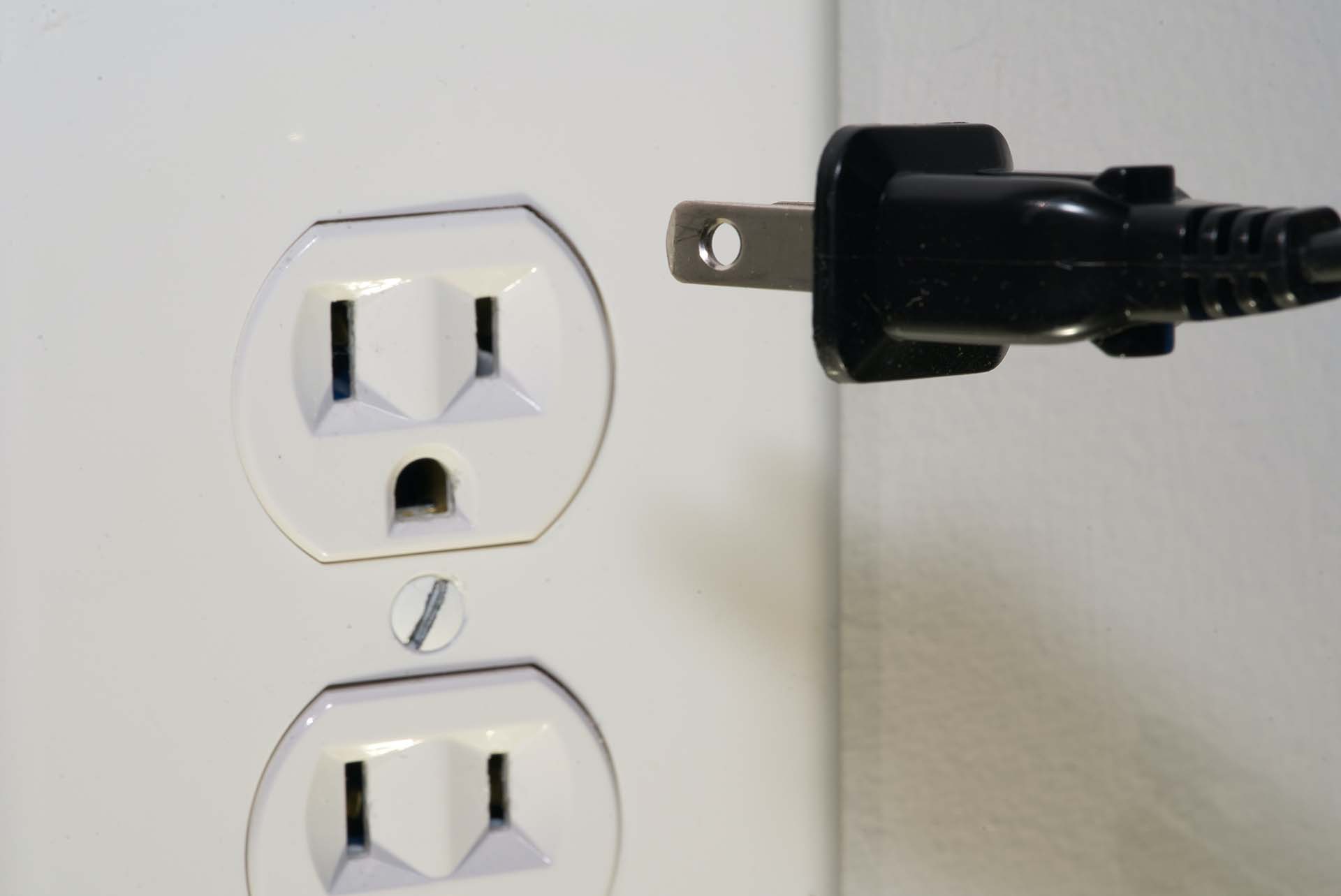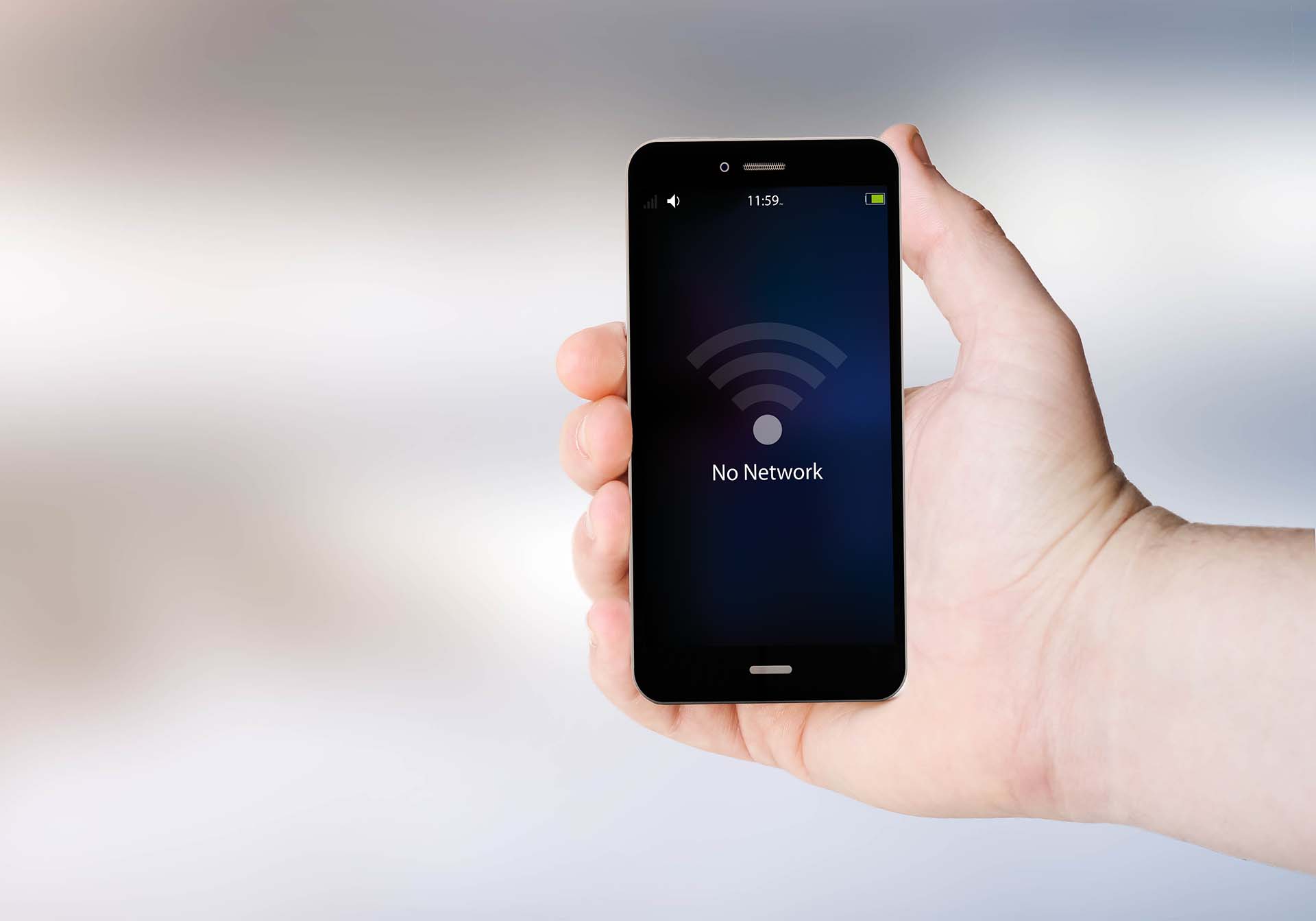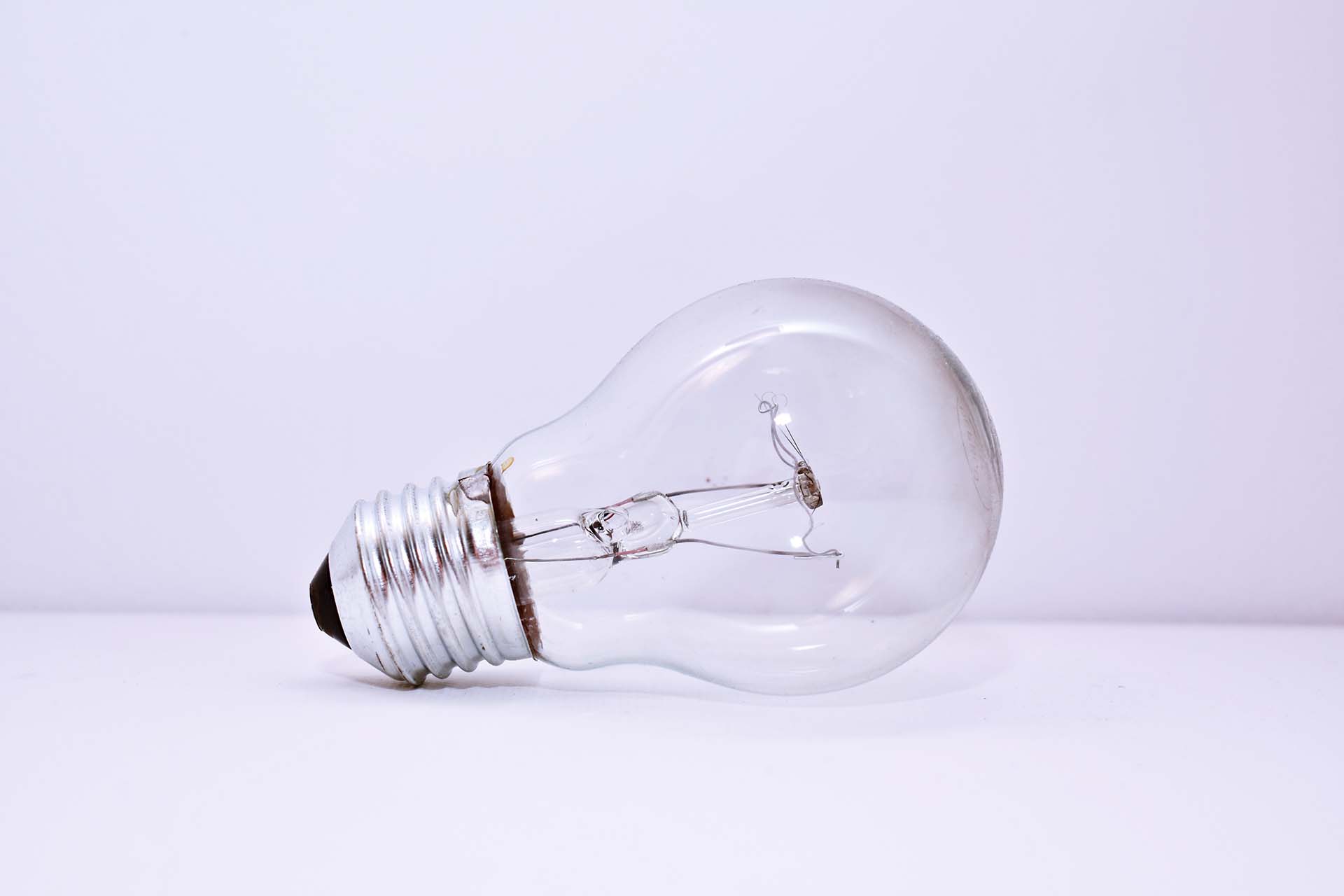Because of the comfort, convenience, and efficiency they offer, smart houses have become increasingly popular over the years. Back in 2018, the global market for these properties was estimated at around $50 billion, and it continued to grow. But is living in a smart house healthy and safe? Using this kind of automation system can be both beneficial and harmful to your health. We prepared a detailed explanation – make sure you go through it before making up your mind.
What Makes a Smart House?
Smart house is a term used to describe residences containing smart appliances, which can be controlled from afar, via phone, tablet, or any other hub with internet access. With it, you are able to control all of your smart locks, lights, cameras, washing machines, and other appliances from anywhere in the world.
Having a smart home system installed means that all of your gadgets and appliances are interconnected, becoming a part of the IoT (Internet of Things) technology that enables the mutual gathering and sharing of electronic information.
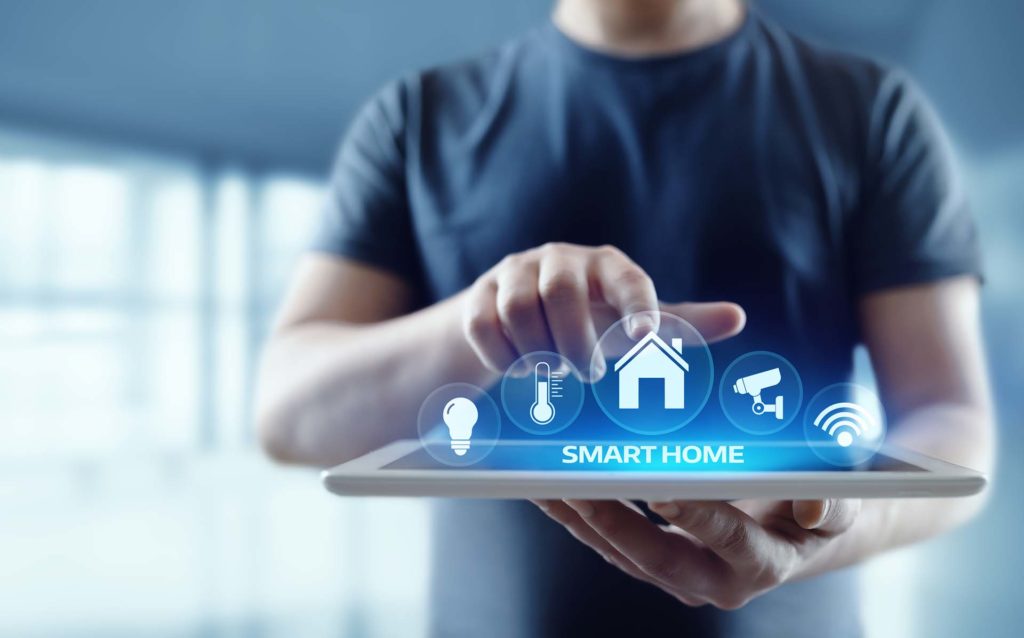
Is Smart House Healthy? Health Implications of Using a Smart Home Design
Are smart homes a good idea? This automation system helps you reduce energy consumption, keep your home safe, and run your chores remotely. But, is a smart home healthy, or are smart appliances harmful? Smart house expectations are large, but they do come with plenty of advantages and downsides.
There is no denying that these residences can provide an extensive list of health benefits to their inhabitants, with plenty of gadgets that can become a part of the smart home automation system. Aside from well-known smart vacuums and locks that can make your life easier, there are some wellness-originated gadgets that can allow you to monitor your well-being and establish healthier habits.
Keep in mind that these residences have become an important part of wellness culture, making many willing to endure the high cost of installing a smart house. Now you can find refrigerators that can order food when you’re short on it or mats that monitor your posture and help you improve it. Take a look at the table below for the examples of other tech devices that can have significant benefits:
| Device | Description | Average price |
| Sleep aids | Smart mattresses and beds with cooling and heating options | $50 – $2,500 |
| Air Quality Sensors | Monitoring and filtering the air | $150 – $1,500 |
Lighting Technology | Remote control of the light, options that increase energy efficiency, and so on | $20 – $60 (per light bulb) |
| Health Monitoring Systems | Monitoring your physical well-being and alarming your medical professional if something is off | $50 – $350 |
| Pill Dispensers | Managing your prescription, setting a correct dosage, and ordering refills when needed | $50 – $100 |
Are Smart Tech Gadgets Sustainable Environmentally-Wise?
Configuring smart houses is a healthy solution not only for you but for our environment as well. While one of the main trends of today is increasing energy production due to energy shortage, smart homes can help you reduce electricity consumption. By providing energy metering as well as monitoring power consumption, these residences will not only help you with energy reduction but allow you to do it almost effortlessly.
However, there is a catch – smart houses rely on smart appliances and gadgets, which need the internet to function. While these types of residences allow smart energy consumption and can make truly energy-efficient households, many forget that internet traffic also demands gas, coal, and nuclear-powered energy.
Simply put, the more internet-based devices homes use, the more of that power is required. KTH Royal Institute of Technology predicts that, by 2025, one-fifth of the world’s electricity consumption will be used for the internet (currently, it’s around 10%). Therefore, IoT-based residences may not be as good for the environment as it’s often presented.
What Makes a Smart Home Unhealthy?
What are the disadvantages of smart homes? Being locked outside of your home due to an electricity breakdown, having to reset one lamp one time too many, or failing to connect all of your appliances to Wi-Fi are all annoying inconveniences, but those you can live with. Health risks, on the other hand, pose an immensely greater danger to your well-being.
Tech gadgets and appliances that use Wi-Fi signals to operate emit small amounts of non-ionizing electromagnetic radiation (EMF), which The International Agency for Research on Cancer has determined hazardous. Up until recently, these gadgets, alongside smartphones and laptops, weren’t considered unhealthy – in small doses, the effect of EMF has been determined insignificant. However, with the increase in their usage and the concept of smart residences, health concerns have become more and more frequent. So, how can increased EMF affect your life and well-being?
IoT- Based Homes Can Affect Sleep Difficulties
A cross-sectional study published in October 2014 is just one of many kinds of research that state a significant connection between daily EMF exposure and bad sleep quality. Poor sleep is one of the possible causes of a bad mood and intellectual performance but is also connected to many disorders and diseases – from obesity to heart problems.
Fertility Issues Can Be Connected to Overuse of Smart Home Appliances and Gadgets
Some studies claim that there may be a connection with fertility issues for both men and women. According to them, many reproductive parameters are negatively affected with contrast exposure to EMF, like:
- Sperm count and motility,
- Early embryonic development,
- Reproductive endocrine hormones,
- Miscarriage percentage (pregnancy success).
Effects of EMF on Mental Health
According to some studies, long-term exposure to EMF can change the blood-brain barrier, alter chemical levels, and suppress melatonin production, which can all affect your mental well-being. Some researchers even came to the conclusion that chronic exposure to this kind of radiation can even increase depression, stress, and anxiety levels.
World Health Organization Has Reported This Radiation Type Potentially Cancerous
IARC, which operates under WHO, classifies this type of radiation as Group 2B, which means it is considered a possible human cancerogenic – a possibility that is only increasing with the wider usage of Wi-Fi and internet-based devices. Although there is no study that firmly associates cancer with low EMF emissions, some scientists believe that DNA can be muted and fragmented under the constant exposure to appliances that emit low ETM.
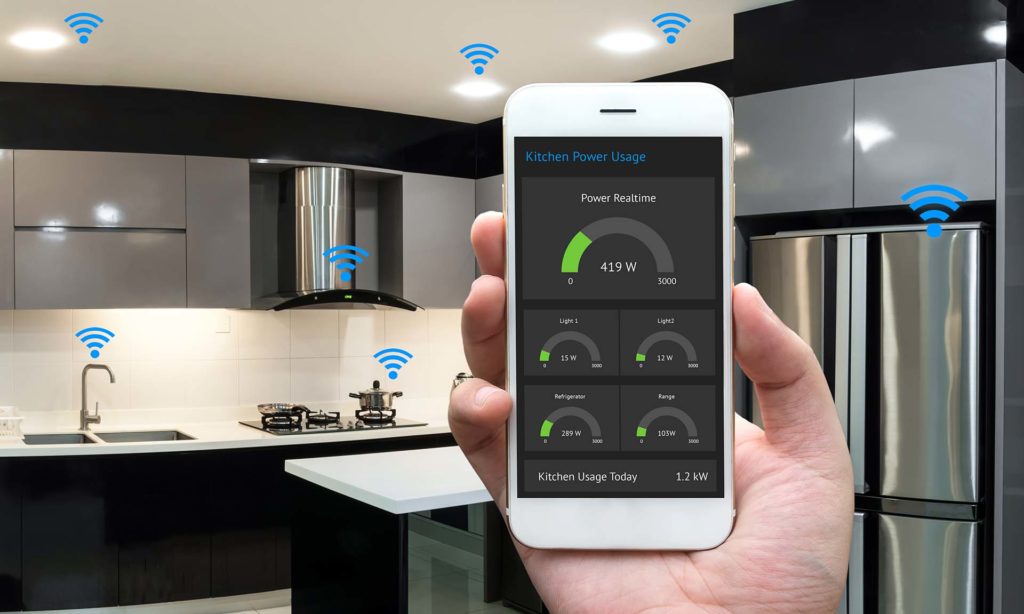
Tips on How to Create a Healthier Home Environment
Previously mentioned negative implications could make you want to shut down all of the Wi-Fi-based devices in your home. However, in the modern world, it simply is not a solution. Thankfully, there are still a few tips that can help you reduce the harmful effect of devices that emit EMF:
- Keep your distance from these gadgets – once you finish using them, make sure you don’t linger near them. Moreover, whenever you need to use these gadgets and appliances, do it as fast as possible.
- Place the Wi-Fi router far away from you – as with the appliances, wherever a router transfers data, it emits electromagnetic radiation. Therefore, make sure it’s at least 15-20 feet away from you at any time.
- Lower the power output on the router – usually, your router will be set to maximum output, so take a look at a user manual on how to reduce it. However, keep in mind that residences with many IoT-based devices usually demand better routers or even Wi-Fi signal amplifiers.
Privacy Risks That Come with a Smart House Design
There is another way a smart home design can be dangerous for your well-being. It doesn’t include exposure to EMF but various security risks that come from using an IoT-based technology that is easily hackable. Without proper cybersecurity, you’ll be vulnerable to insecure data transfer and storage, which can result in privacy leaks. It can have severe consequences, like:
- Targeted attacks,
- Virtual break-ins,
- Physical break-ins,
- Identity thefts,
- Property damage through appliance misuse,
- Rogue recordings (through digital voice assistance that are designed to listen to you),
- Data manipulation.
While many will find smart house spying suspicions funny and irrational, it certainly is not something to laugh about. Through IoT technology, skilled hackers can be in possession of your personal data in a matter of hours. Not only that, but information and unauthorized access can result in property damages or even get your physical and mental health in harm’s way.
If you want to learn more about how (un)secure IoT tech really is, take a look at the video below:
What Are the Best Solutions for Hazards This Type of Homes Can Bring?
Previously mentioned tips for making a healthier environment are only a temporary solution, and we need a more permanent one. The demand for smart houses will only grow, and smart gadgets will continue to develop. So you don’t end up having to choose between modern technology and healthy life, some changes in the industry need to be made – and that’s where Electric Society comes along.
We have worked for many years to extend existing smart house benefits and make them healthier and genuinely safe to live in. We came up with a new system that’s never been done before that can cancel all the disadvantages of these residences but keep all of the good sides.
How Can the Electric Society Make Smart Homes Safer?
First of all, forget about purchasing Wi-Fi amplifiers and being exposed more severely to electromagnetic radiation. We came up with a solution that works on lower frequencies that can’t do you any harm – it’s the way many health hazards mentioned above can be avoided. Not only that, but with our system, you won’t need the internet to connect all the appliances and gadgets, allowing you to reduce its use to a minimum, which will also benefit the environment.
Secondly, our solution doesn’t imply storing all your personal and sensitive information on Cloud or other easily accessible storage – rest assured that there will be no privacy leaks. We made the ultimate protection of personal data one of the main goals. That is why we rely on blockchain technology, which is almost impossible to hack. This kind of security guarantees that no unauthorized person will have access to your locks, windows, entertainment devices, light, and other parts of your home.
Help Us Improve These Systems – Contact Electric Society Today
Electric Society brings solutions that keep all the benefits of already-existing smart residences but annul its disadvantages. Aside from these obvious health advantages, our idea is to decentralize smart homes and create a fully distributed system that will allow scalable connections for all kinds of appliances. If you’re interested in that idea, consider partnering with us – contact us now and help us make smart homes even smarter.


